Notify me
2012 Lussac St.-Émilion
Château de Bellevue
Château de Bellevue is not your typical Bordeaux estate: it is small, family-run, and entirely organic—all rare in this vast and prestigious wine region. Covering just twelve hectares, Bellevue sits on a limestone plateau that gives its wines a particular goût de terroir that sets it apart from others in the region. This blend of Merlot with a drop of Cabernet Franc is consistently firm, fresh, and chalky from year to year, a stark contrast with the opulent, velvety reds produced in Saint-Émilion and even other parts of Lussac. This mineral backbone endows it with great aging potential, and yet the wine delights in its young years thanks to the pure, bright fruit and mouth-watering finale. Proprietor and vigneron André Chatenoud has been known to serve his Lussac with duck breast grilled over vine cuttings, but any number of other simple, yet delicious pairings will work. In the summertime, don’t hesitate to give this red a slight chill if necessary.
—Anthony Lynch
| Wine Type: | red |
| Vintage: | 2012 |
| Bottle Size: | 750mL |
| Blend: | 95% Merlot, 5% Cabernet Franc |
| Appellation: | Lussac Saint Émilion |
| Country: | France |
| Region: | Bordeaux |
| Producer: | Château de Bellevue |
| Winemaker: | André Chatenoud |
| Vineyard: | 40 years, 9.5 ha |
| Soil: | Clay, Limestone |
| Farming: | Organic (certified) |
| Alcohol: | 13% |
More from this Producer or Region

2020 Bordeaux Sec “Les Clous”
France | Bordeaux
It has the nerve and precision of the Définition cuvée along with additional weight and structure.
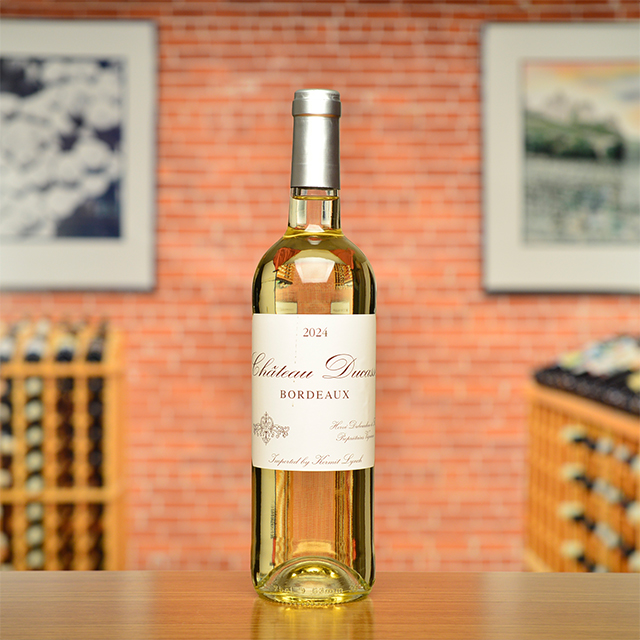
2024 Bordeaux Blanc
France | Bordeaux
This refreshing, food-friendly white walks the line between racy and voluptuous. Excellent with sushi, or anything else from the sea.

2022 Bordeaux Sec “Les Clous”
France | Bordeaux
A nervy, age-worthy wine; it smells remarkably like top-notch Chablis, but on the palate hints at cool and tropical fruits like melon, lychee, and lime.

2016 Canon-Fronsac
France | Bordeaux
Divine with lemon and rosemary roasted lamb.
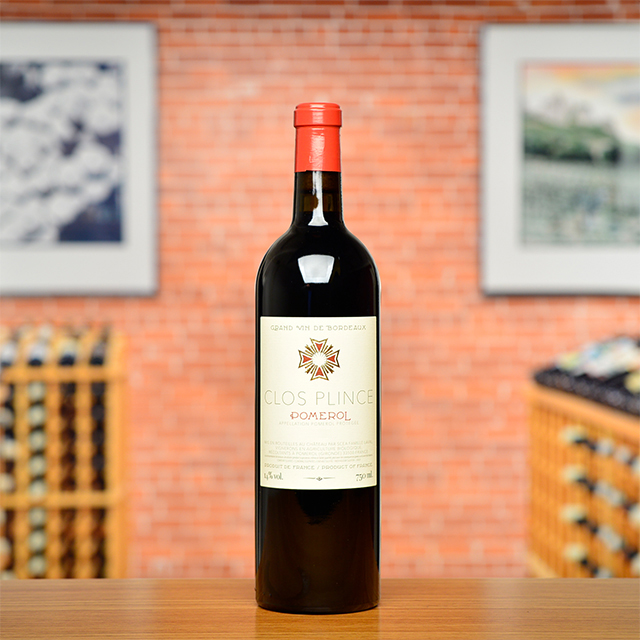
2019 Pomerol “Clos Plince”
France | Bordeaux
This is the perfect example of a fine, elegant version of Merlot.
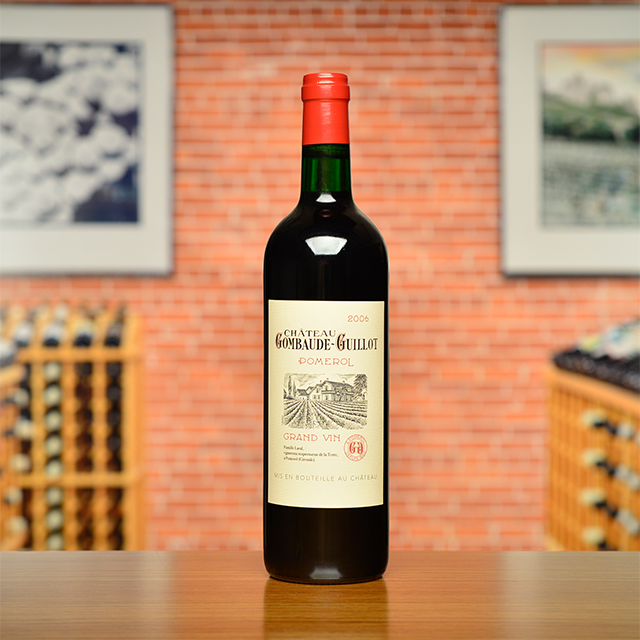
2006 Pomerol
France | Bordeaux
**Extremely limited quantities, maximum three bottles per purchase.**

2021 Bordeaux Blanc “Définition”
France | Bordeaux
A simply stunning white that seems to not just elevate the food on your plate, but your entire mood.
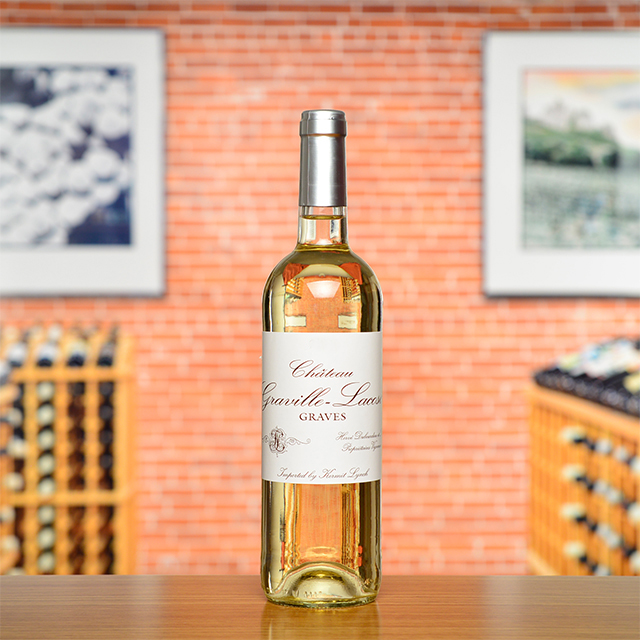
2024 Graves Blanc
France | Bordeaux
Brimming with honeysuckle, lychee, and citrus, this Bordeaux blend is reliably harmonious with Eastern cuisine.

2020 Atlantique Blanc “Déclinaison”
France | Bordeaux
Artisanal white Bordeaux like you have never tasted before!
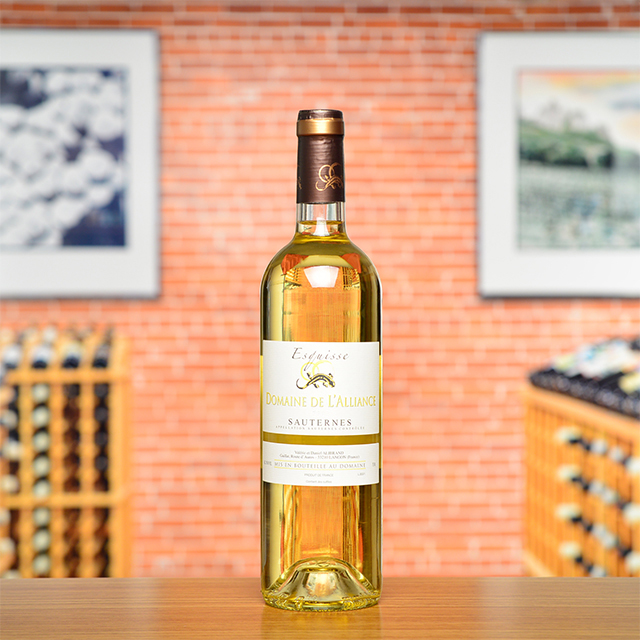
2023 Sauternes “Esquisse”
France | Bordeaux
This refreshing dessert wine is versatile at table—it works wonders as an apéritif or with cheeses—and can still be cellared for several years.
About The Producer
Château de Bellevue
About The Region
Bordeaux

Often considered the wine capital of the world, Bordeaux and its wines have captured the minds, hearts, and wallets of wine drinkers for centuries. For many, the wines provide an inalienable benchmark against which all other wines are measured.
Bordeaux is divided into three winegrowing regions with the city that gives the region its name in the near geographical center. The “right bank,” or the area located east of the Dordogne River, produces wines that are predominantly Merlot with small amounts of Cabernet Franc and Cabernet Sauvignon. The “left bank” is located to the west of the Garonne River and produces wines dominated by Cabernet Sauvignon, with Cabernet Franc, Merlot, Malbec and Petit Verdot.
The third region, Entre-Deux-Mers, lies between both rivers and produces white wines from Sauvignon Blanc, Sémillon, and Muscadelle. Though technically in the left bank, it is worth noting the appellation of Sauternes, which produces arguably the world’s most famous sweet wines from Sauvignon Blanc, Sémillon, and Muscadelle as well.
Though many top Bordeaux wines are sold en primeur (in advance of their bottling) and often through a middleman known as a negoçiant, Kermit has always preferred to purchase directly from the winemaker. For more than three decades he has sought out small producers, who make classic Bordeaux wines and are willing to play outside the negoçiant system. This ethic has led to longstanding relationships, excellent prices, and perhaps most important—wines of great value and longevity.
More from Bordeaux or France
2016 Canon-Fronsac
Château Moulin Pey-Labrie France | Bordeaux
2021 Bordeaux Sec “Les Clous”
Domaine de l'Alliance France | Bordeaux
2024 Bordeaux Blanc
Château Ducasse France | Bordeaux
2011 Canon-Fronsac
B. & G. Hubau France | Bordeaux
2020 Bordeaux Sec “Les Clous”
Domaine de l’Alliance France | Bordeaux
2011 Pomerol
Château Gombaude-Guillot France | Bordeaux
2019 Lalande-de-Pomerol
Château Belles-Graves France | Bordeaux
2024 Graves Blanc
Château Graville-Lacoste France | Bordeaux
2023 Sauternes “Esquisse”
Domaine de l'Alliance France | Bordeaux
2022 Bordeaux Sec “Les Clous”
Domaine de l’Alliance France | Bordeaux
2021 Bordeaux Blanc “Définition”
Domaine de l’Alliance France | Bordeaux
2023 Sauternes HALF BOTTLE
Château Roûmieu-Lacoste France | Bordeaux
2016 Canon-Fronsac
Château Moulin Pey-Labrie France | Bordeaux
2021 Bordeaux Sec “Les Clous”
Domaine de l'Alliance France | Bordeaux
2024 Bordeaux Blanc
Château Ducasse France | Bordeaux
2011 Canon-Fronsac
B. & G. Hubau France | Bordeaux
2020 Bordeaux Sec “Les Clous”
Domaine de l’Alliance France | Bordeaux
2011 Pomerol
Château Gombaude-Guillot France | Bordeaux
2019 Lalande-de-Pomerol
Château Belles-Graves France | Bordeaux
2024 Graves Blanc
Château Graville-Lacoste France | Bordeaux
2023 Sauternes “Esquisse”
Domaine de l'Alliance France | Bordeaux
2022 Bordeaux Sec “Les Clous”
Domaine de l’Alliance France | Bordeaux
2021 Bordeaux Blanc “Définition”
Domaine de l’Alliance France | Bordeaux
2023 Sauternes HALF BOTTLE
Château Roûmieu-Lacoste France | Bordeaux
Where the newsletter started

Where the newsletter started
Every three or four months I would send my clients a cheaply made list of my inventory, but it began to dawn on me that business did not pick up afterwards. It occurred to me that my clientele might not know what Château Grillet is, either. One month in 1974 I had an especially esoteric collection of wines arriving, so I decided to put a short explanation about each wine into my price list, to try and let my clients know what to expect when they uncorked a bottle. The day after I mailed that brochure, people showed up at the shop, and that is how these little propaganda pieces for fine wine were born.—Kermit Lynch
















